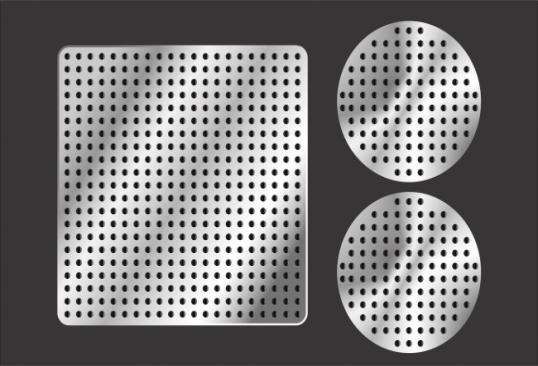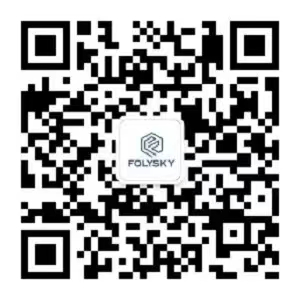 FOLYSKY(WuHan) LTD.
FOLYSKY(WuHan) LTD.
 FOLYSKY(WuHan) LTD.
FOLYSKY(WuHan) LTD.

As high-power electronic products continue to evolve towards miniaturization and high-speed, traditional substrate materials such as FR-4 and aluminum are no longer suitable for the development of the PCB industry in terms of high power and smart applications. With advancements in science and technology, traditional LTCC and DBC technologies are gradually being replaced by DPC. Laser technology is more compatible with the high-density interconnection and fine development of printed circuit boards. Laser drilling is currently the leading-edge mainstream drilling technology in the PCB industry, offering efficient, fast, precise capabilities with significant application value.
Transverse excited atmospheric pressure CO2 laser is developed by a Canadian company, compared with the ordinary laser, its output power can be up to one hundred to one thousand times, and it is easy to make. In the electromagnetic spectrum, the radio frequency is in the frequency range of 105-109Hz, and the frequency emission CO2 is developed with the development of military and aerospace technology. Small and medium power RF CO2 laser has excellent modulation performance, stable power rate, high operational reliability, long service life and other characteristics. Uv solid YAG is widely used in plastics, metals and other materials in the microelectronics component industry. Although the process of CO2 laser drilling is more complex, and the microhole aperture produced is higher than that of UV solid YAG, CO2 laser has the advantages of high efficiency and fast speed in drilling, and the market share in PCB laser microhole processing can account for 80%.
The domestic laser microporous process is still in the development stage, and there are not many enterprises that can be put into production. The laser with short pulse and peak power is used to drill holes on the PCB substrate to achieve the process requirements of gathering high-density energy, instant removal of materials, and formation of microholes. There are two kinds of ablations: photothermal and photochemical. Photothermal ablation means that the substrate material instantly absorbs high energy laser light to complete the pore formation process. Photochemical ablation refers to the combination of high photonon energies of more than 2eV electron volts in the ultraviolet region and laser wavelengths of more than 400 nanometers. This process can effectively destroy the long molecular chains of organic materials and form smaller particles, which can quickly form micropores in the substrate under the pinch and suction of external forces.

Nowadays, our country's laser drilling technology has had a certain accumulation of experience and technical progress. Compared with traditional drilling technology, laser drilling technology has the advantages of high accuracy, fast speed, high efficiency, large-scale mass drilling, suitable for most hard and soft materials, no loss to tools, less waste materials, environmental protection and no pollution.
The ceramic circuit board through the laser drilling process has a high bonding force between ceramics and metals, no falling off, foaming and other phenomena, to achieve the effect of growing together, the surface roughness is high, the roughness rate is 0.1μm ~ 0.3μm, the laser drilling aperture is 0.15mm-0.5mm, or even 0.06mm.

Follow us

customer service